Nestled within the lush greenery of Tijuca National Park, Pico da Tijuca stands as one of Rio de Janeiro’s most iconic landmarks. Offering a panoramic 360º view of the city, this towering peak provides an experience that combines history, natural beauty, and adventure. Whether you’re an avid hiker or simply seeking a glimpse of Rio from the skies, Pico da Tijuca delivers an unforgettable view of this vibrant city, its beaches, mountains, and iconic landmarks. This article guides you through the history, hiking trails, and tips to conquer this extraordinary peak.
Pico da Tijuca: The Jewel of Tijuca National Park
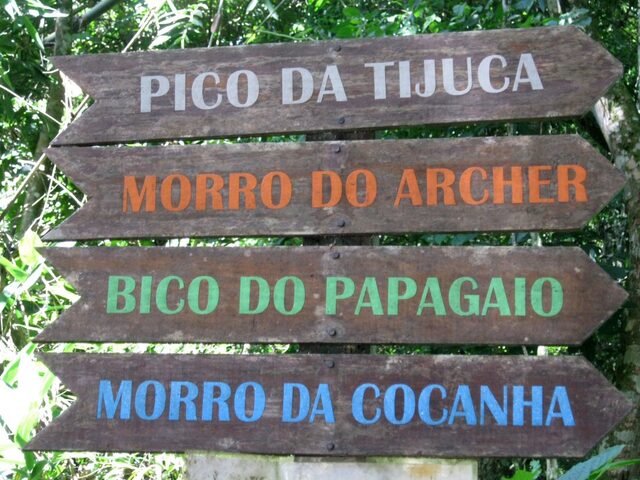
Located in the heart of Tijuca National Park, Pico da Tijuca is the highest point of the park, standing at 1,022 meters above sea level. While it is Rio’s second-highest peak, after Pedra Branca (1,024 meters), it remains a crown jewel for outdoor lovers and visitors alike. Tijuca National Park, one of the largest urban forests in the world, encompasses diverse ecosystems and wildlife, with Pico da Tijuca offering one of the best vantage points to admire Rio’s unique urban landscape surrounded by nature.
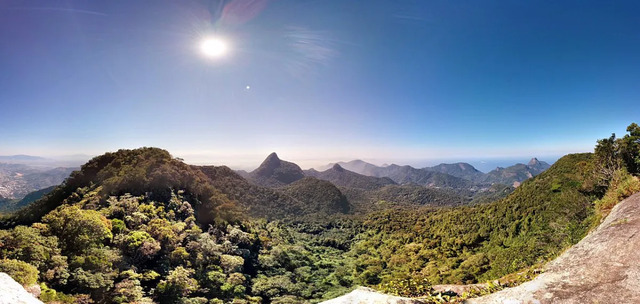
Video
Check out this video as we hike the carved stairs to Rio’s highest peak, offering stunning views and an unforgettable adventure.
The History of Pico da Tijuca and Its Trails
Pico da Tijuca’s history dates back to the 19th century, when German biologist Hermann Burmeister first explored the peak in 1853. His research into the fauna and flora of the Atlantic Forest led to the discovery of this magnificent location. However, it wasn’t until 1885 that Baron D’Escragnolle, the forest administrator at the time, decided to mark the trail, ensuring future explorers could reach the peak with greater ease.
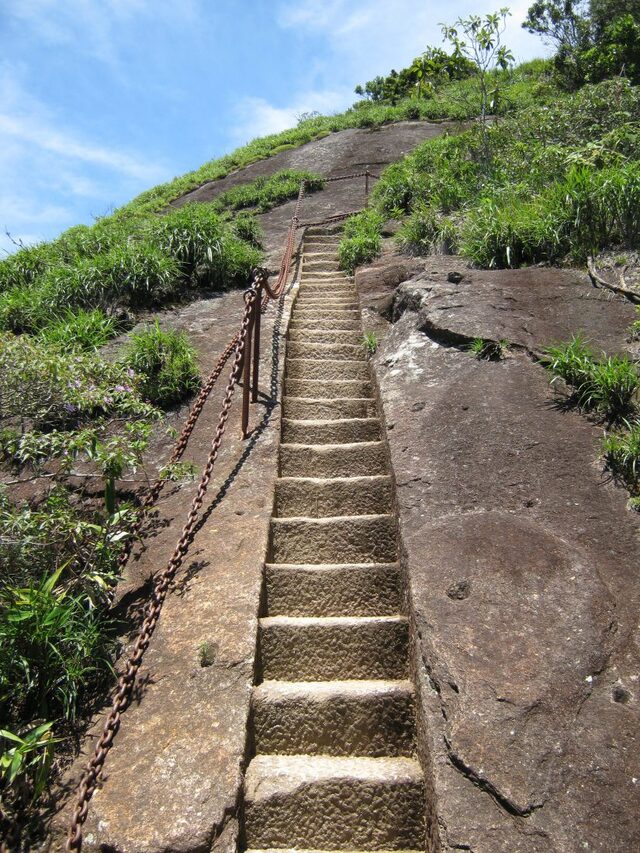
The most significant historical landmark of Pico da Tijuca’s climb is the famous staircase. Constructed in the 1920s, it is believed to have been commissioned by President Epitácio Pessoa to facilitate the ascent of a distinguished guest, King Albert I of Belgium. While the king, an experienced climber, preferred to scale the rocks himself, the staircase was still a mark of the era’s dedication to making nature more accessible to visitors. Today, these 117 stone steps lead climbers to the summit, offering one of the most rewarding experiences in the park.
Climbing Pico da Tijuca: A Challenging Adventure
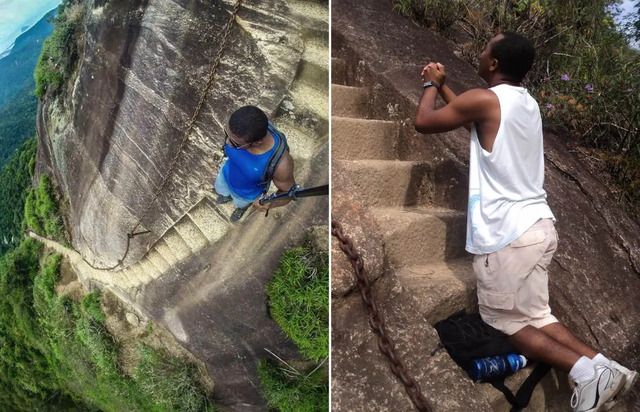
For many, the climb to the summit of Pico da Tijuca is an exciting challenge. The trail itself is relatively easy, especially for beginners, as it is well laid out with a manageable slope. However, the last stretch involves climbing the stone staircase, a steep section with handrails on both sides. Though the climb isn’t overwhelmingly difficult, it’s always advisable to prepare physically, ensuring that you have comfortable clothing, non-slip shoes, and a good level of hydration.
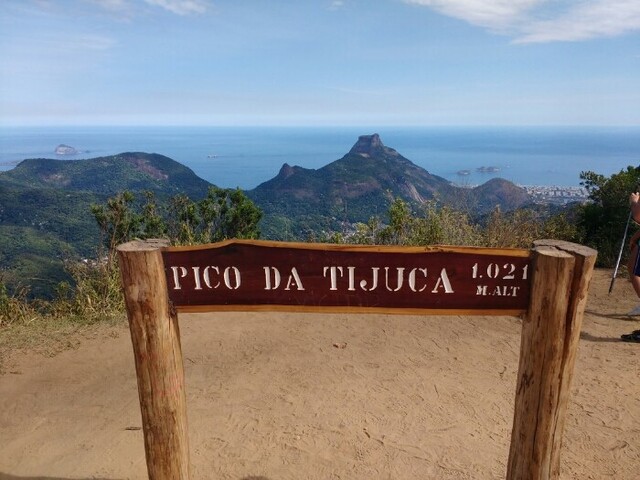
As you make your way up, you’ll pass through a variety of tree species and enjoy the refreshing scent of the forest air. Once you reach the summit, the payoff is more than worth the effort, as the 360º views await you. The climb itself may take around 1.5 hours, depending on your pace, but the surrounding beauty and serenity of nature make every step worthwhile.
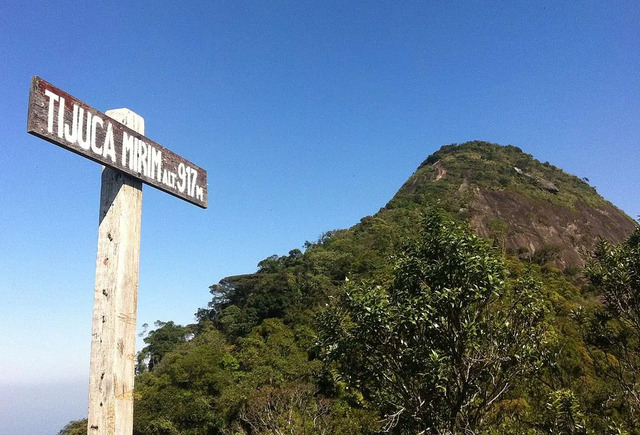
Unveiling the 360º Views: Rio de Janeiro from the Summit
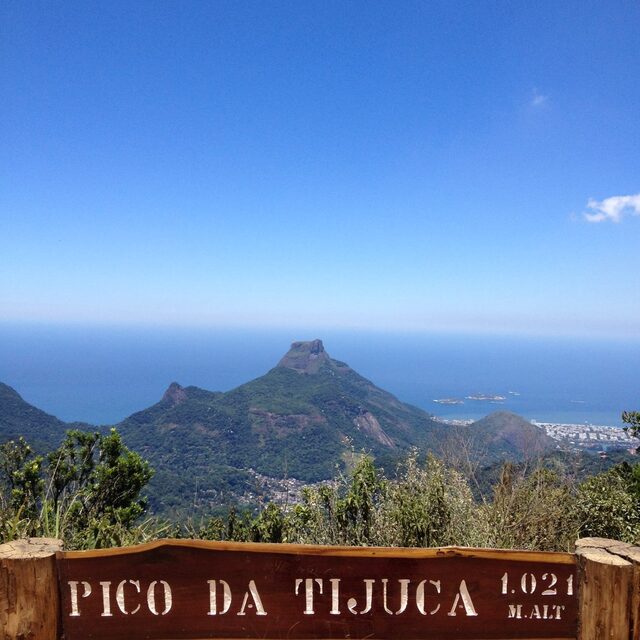
From the summit of Pico da Tijuca, you are rewarded with an awe-inspiring view of Rio de Janeiro in all its glory. Looking to the north, you can spot the suburb of Baixada Fluminense and the rugged Serra dos Órgãos mountain range in the distance. To the northeast, the bustling downtown of Rio de Janeiro and the shimmering Guanabara Bay, with the famous Rio-Niterói Bridge connecting the two cities, create a spectacular view.
The southern side unveils the towering Pedra Bonita and Pedra da Gávea, while the eastern view showcases the breathtaking Sugar Loaf Mountain and the Elephant Rock across in Niteroi. To the west, the Baixada de Jacarepaguá and the Pedra Branca Massif offer an equally impressive landscape. With so much natural beauty surrounding you, Pico da Tijuca offers one of the most extraordinary views of any city in the world.
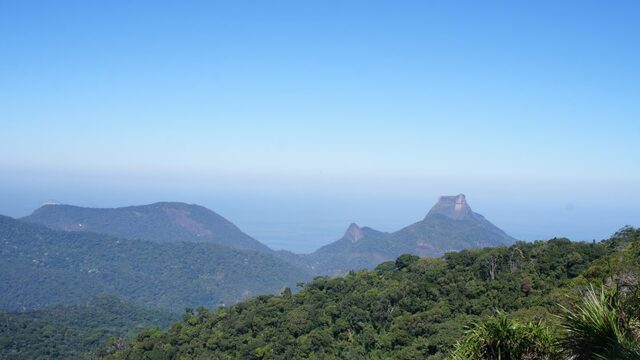
The Best Time to Conquer Pico da Tijuca
Although Pico da Tijuca is a year-round destination, timing plays a crucial role in ensuring a pleasant and safe experience. The summer months (December to February) in Rio can be sweltering, with temperatures soaring above 40°C, making the hike somewhat uncomfortable and risky due to the intense heat. It’s best to hike during the cooler months from March to October when temperatures are more manageable.
Additionally, after heavy summer storms, the rocks can become slippery, posing a challenge for hikers. Always check the weather forecast before heading out, and if there are rain warnings, it’s best to postpone your hike to avoid any accidents.
Trail Preparation and Recommendations for Hikers
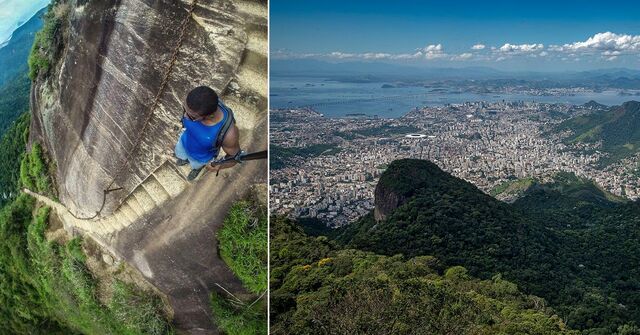
Whether you’re an experienced climber or a novice adventurer, proper preparation is key when hiking Pico da Tijuca. Start by wearing comfortable, breathable clothes and non-slip shoes to ensure your safety during the climb. Bring a hat or cap to protect yourself from the sun and apply sunscreen and insect repellent.
Don’t forget to carry plenty of water to stay hydrated throughout the hike. It’s also a good idea to bring snacks or light meals to keep your energy levels up. If you’re a beginner or unfamiliar with the trail, consider hiring an experienced guide to help you navigate and ensure a safe journey.
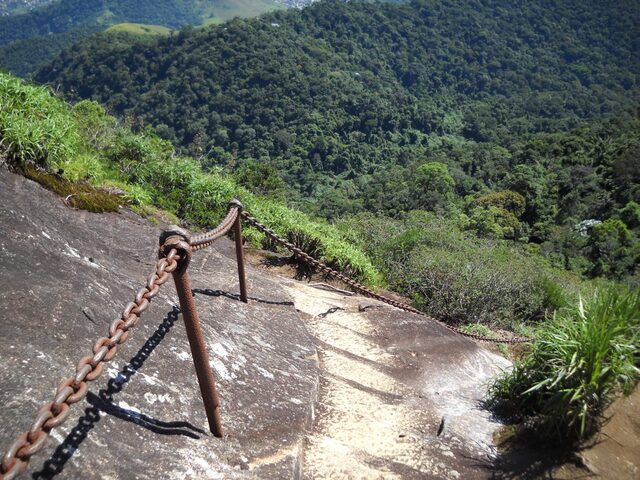
Public Transport and Accessing the Park

Getting to Pico da Tijuca is relatively simple with several transportation options available. If you prefer using public transport, the most convenient route is to take bus lines 301 (Rodoviária x Alvorada) or 302 (Rodoviária x Recreio), which connect the West Zone and North Zone of the city to the park entrance at Afonso Viseu Square, in Alto da Boa Vista.
Alternatively, if you have a private vehicle, you can drive directly to the Visitor’s Center of Tijuca National Park and park your car before heading toward the trail. You can use GPS apps such as Google Maps or Moovit for better directions and convenience.
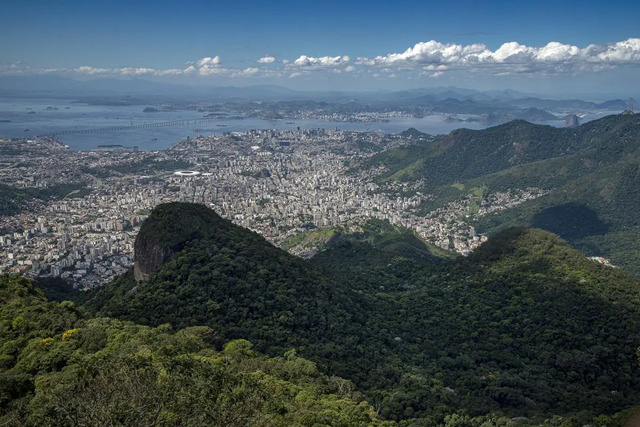
Beyond Pico da Tijuca: Exploring the Circuito dos Picos
For those eager to explore even more of Rio’s natural beauty, Tijuca National Park offers the Circuito dos Picos (Peaks Circuit). Spanning 19 kilometers, this circuit leads you to some of the park’s other notable peaks, each offering spectacular views and varying levels of difficulty. The Circuito dos Picos includes trails to some of the most majestic peaks in the park, such as Pico do Papagaio, Pico do Pão de Açúcar, and Pico da Tijuca, offering hikers an even greater adventure.
Video
Watch this 4K video to take a breathtaking journey along the Great Wall of China, from Jinshanling to Simatai, exploring stunning vistas and ancient history.
Conclusion: A Must-See Experience in Rio de Janeiro
A visit to Pico da Tijuca is more than just a hike; it’s an unforgettable journey into Rio’s natural wonders. From its captivating history to the exhilarating climb and panoramic views, Pico da Tijuca offers an unparalleled experience that showcases the beauty of Rio de Janeiro from a unique perspective. Whether you’re hiking for adventure or simply to take in the stunning vistas, Pico da Tijuca is a must-visit landmark that will leave you with lasting memories. So pack your gear, prepare for the hike, and get ready to conquer one of Rio’s most iconic peaks!



